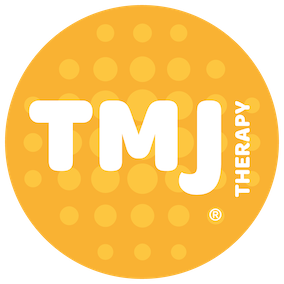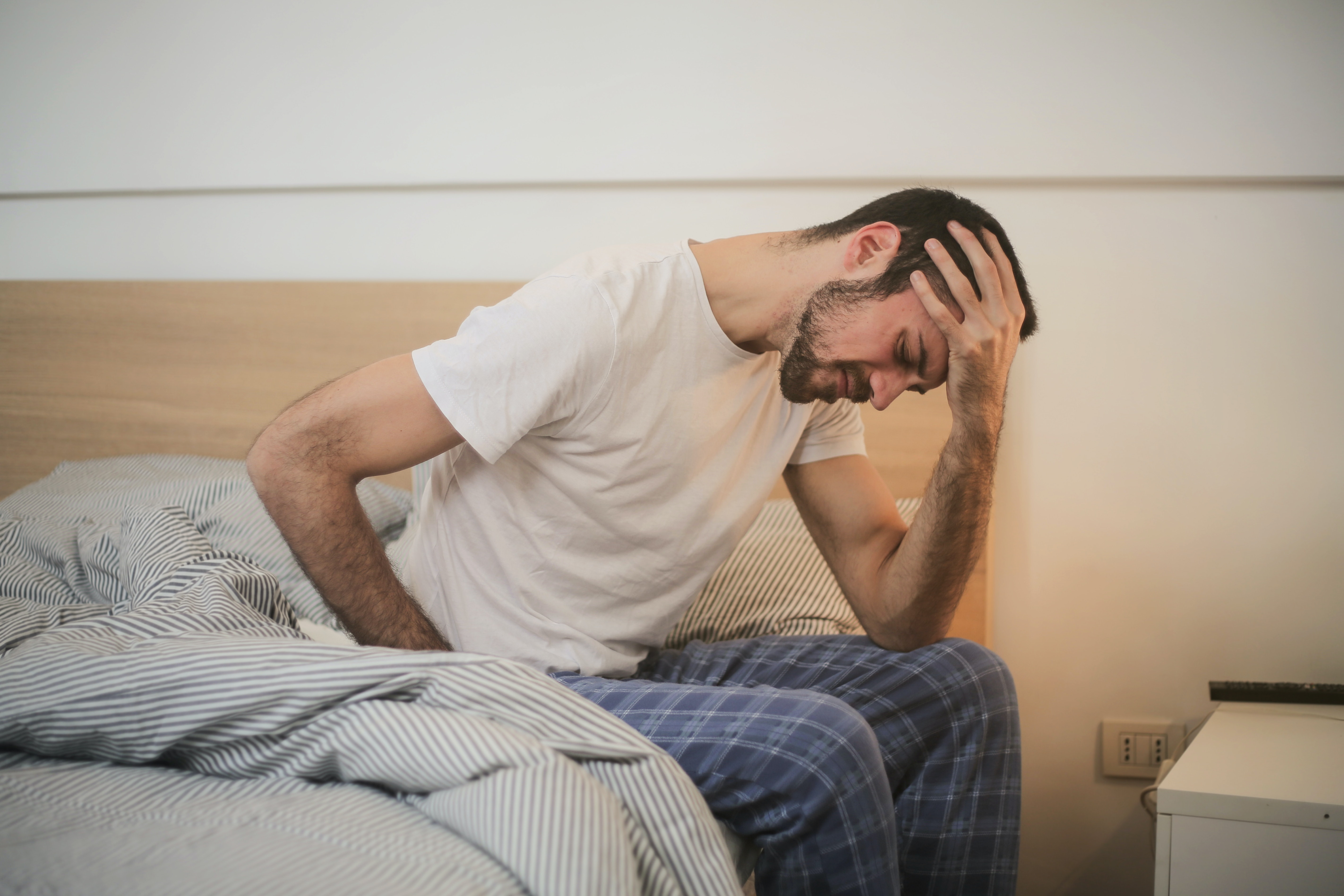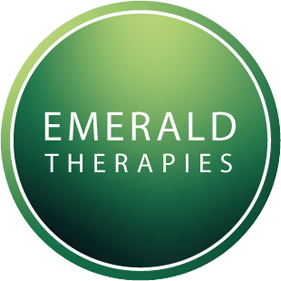Many of us have never had a migraine so what do we term as migraine? A migraine is usually a moderate or severe headache with a throbbing pain on 1 side of the head, other symptoms include feeling and or being sick and increased sensitivity to light or sound. Some additional symptoms are sweating, poor concentration, feeling very hot or cold, abdominal pain or diarrhoea. Not everyone with a migraine experiences these additional symptoms and some people may experience them without having a headache. The symptoms can last from four hours to three days; however, you may feel tired for upto a week after.
It is more common than we realise affecting one in every five women and one in every fifteen men, it is the seventh most disabling disease and fourth most for women. Global Burden of Disease Study 2013. Vos et al. The Lancet, Volume 386, Issue 9995, Pages 743 – 800, 22 August 2015
There are many different types of migraines of which you can read up on various sites such as the NHS and Migraine Ireland.
Migraine Triggers are rarely the cause alone but can help to exacerbate and attack. Triggers are highly individual, some of the most common may not even be a trigger for you at all. Triggers can build up during a day meaning that you are more prone to having an episode. So, a stressful day at work may mean you don’t drink enough water, no lunch and you decide to have a glass of red wine and cheese to settle yourself down and then you have an attack. So, recognising your triggers is very important so that you can do your best to avoid those and not have to lose days out of your life.
People’s sensitivity to certain food and drinks are varied and the medical community do not place as strong an emphasis on giving up foods completely but encourage people to have a healthy diet and then look at foods that may be triggering the attacks, though most sufferers know exactly which foods that trigger attacks.
Some common triggers include.
Shock
Stress
Tiredness
Jetlag
Menopause
Starting your period
Dehydration
Long gaps between meals
Medicines
Environmental triggers such as bright lights
Food sensitivity to foods such as
Caffeine
Artificial sweeteners (aspartame and MSG)
Tannins and sulphites
Nitrates, which include Dark chocolate, Cheese, some red wine, and processed meats
Tyramine which can develop in left over food as well as red wine, so make sure you cover leftovers and refrigerate.
The best advice is to live a healthy life with exercise outdoors, eat well and sleep for the recommended hours which is eight to nine hours every night.
So, we now know what migraines are and our triggers so let’s look at complementary therapies instead of taking tablets all the time, because as we know, tablets can cause side effects and, in some cases, go on to be the cause of another problem such as addiction. They are also not advised for pregnant women due to complications that can arise, however most complementary therapies are suitable in pregnancy.
Acupuncture is excellent as a treatment and 10 sessions over five to eight weeks is advised.
Nutritionists can prescribe vitamins such as coenzyme q10 or magnesium to help as well as looking at your diet and lifestyle.
Massage therapy can be excellent for migraines, the therapist can work deeply into the muscles allowing tension to release, thus providing relief to tense muscles but also easing stress.
Mindfulness and meditation also help by switching off the mind.
Reflexology is a great tool to relax and de-stress the body, working around points to re energise and revitalise the body.

TMJ therapy can also make a big difference, TMJ therapy is a light touch therapy blend of trigger point work, myofascial and massage techniques working on the head, neck, and shoulders, allowing the body to release tension and memories that are holding it back.
Yoga or Pilates are also beneficial as they allow the mind to relax.
It is about working out what is right for you and a good way to do that is to keep a specific migraine diary, noting when, where and how your migraine starts. This will help you to find ways to manage your symptoms and know what to avoid but also where to go for help. You should bring this to your practitioner when you attend your appointment as this will help them formulate a plan to help you.
For more information on Massage, Myofascial release, Reflexology or TMJ therapy please do contact me through the details above.

